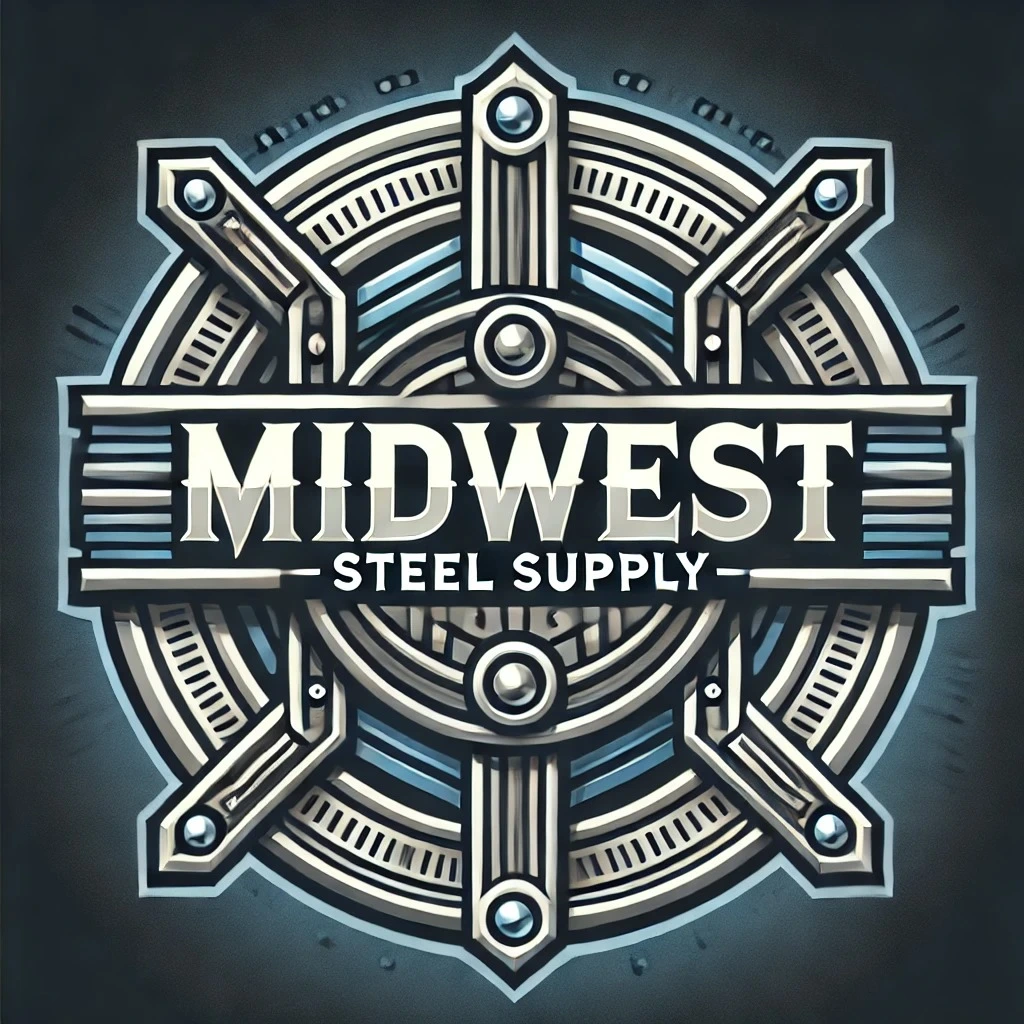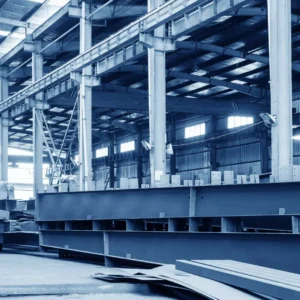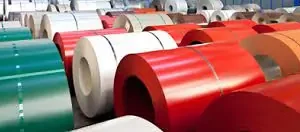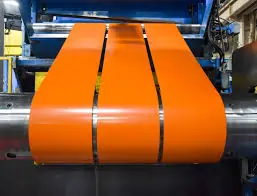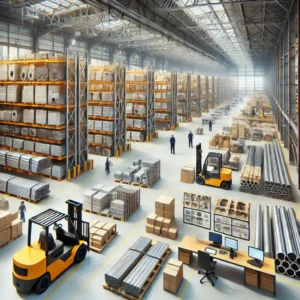Understanding Cold rolled steel products Applications, Advantages, and Market Demand
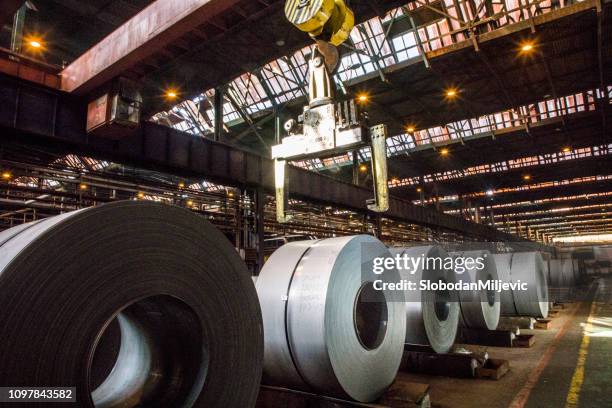
In the world of metallurgy and manufacturing, Cold rolled steel products play a critical role. Known for their superior surface finish, strength, and dimensional accuracy, these products are widely used across various industries including automotive, construction, appliance manufacturing, and general engineering. Whether you’re a buyer, manufacturer, or end-user, understanding what cold rolled steel is—and why it matters—can help you make informed decisions.
What Are Cold Rolled Steel Products?
Cold rolled steel products are made by rolling steel at room temperature, below its recrystallization point. This process differs from hot rolled steel, which is formed at high temperatures. The cold rolling process involves passing the metal through rollers to achieve desired thickness, flatness, and surface finish.
The result is steel with:
-
Higher tensile strength
-
Tighter dimensional tolerances
-
Smoother surface finishes
-
Improved mechanical properties
Common cold rolled steel products include:
-
Sheets and coils
-
Strips and bars
-
Plates and structural forms
-
Cold rolled tubing and pipes
These forms can be further processed into components for vehicles, appliances, machinery, and even household items.
How Cold Rolling Works
The cold rolling process begins with hot rolled steel that has been pickled to remove scale. The steel is then passed through a series of rollers at ambient temperatures. During this compression process, the steel becomes thinner and harder. The controlled rolling increases the steel’s yield strength through strain hardening.
The key steps include:
-
Pickling – Removing surface impurities from hot rolled steel
-
Cold rolling – Reducing thickness and improving flatness
-
Annealing (optional) – Reheating to restore ductility if needed
-
Skin-pass rolling – A final light pass to improve surface quality
This precision process results in high-quality steel suited for critical applications.
Advantages of Cold Rolled Steel Products
Cold rolled steel products are prized for their enhanced performance and finish. Here are some key benefits:
1. Superior Surface Finish
The cold rolling process produces a clean, smooth surface ideal for painting or coating. This makes cold rolled steel perfect for exposed applications like appliance housings or car bodies.
2. Tight Tolerances
Precision is a major benefit. Cold rolled steel products offer uniform thickness and consistent dimensions, which is crucial for automated manufacturing and complex assemblies.
3. Higher Strength
Cold rolling increases tensile strength and hardness. This makes the material more durable and suitable for demanding applications.
4. Formability and Workability
Despite their strength, cold rolled steels—especially when annealed—retain good formability. They can be stamped, drawn, or bent without cracking, which is essential in the automotive and appliance industries.
5. Versatility
Cold rolled steel is available in various grades and forms to suit diverse needs. Whether you need flexibility, weldability, or corrosion resistance, there’s likely a cold rolled steel product that meets your requirements.
Common Applications of Cold Rolled Steel Products
Thanks to their strength, precision, and aesthetic appeal, cold rolled steel products are used in a wide range of sectors:
-
Automotive Industry: Body panels, structural reinforcements, and precision parts
-
Home Appliances: Refrigerator doors, washing machine drums, and kitchen equipment
-
Construction: Light steel framing, interior partitions, and roofing
-
Furniture: Filing cabinets, shelving units, and metal desks
-
Industrial Machinery: Casings, brackets, and machine components
Cold rolled steel is often the first choice where visual appearance, structural strength, and tight tolerances are critical.
Differences Between Hot Rolled and Cold Rolled Steel Products
While both are derived from steel slabs, cold rolled steel and hot rolled steel differ in key aspects:
| Feature | Hot Rolled Steel | Cold Rolled Steel |
|---|---|---|
| Temperature | Rolled above recrystallization point | Rolled at room temperature |
| Surface Finish | Rough, scaled | Smooth, clean |
| Tolerances | Looser | Tighter |
| Strength | Lower | Higher (strain-hardened) |
| Cost | Lower | Higher (more processing involved) |
While hot rolled steel is often used where precision isn’t critical (e.g., structural beams), cold rolled steel is used where appearance and accuracy matter.
Market Trends and Demand for Cold Rolled Steel Products
The global demand for cold rolled steel products continues to rise. Driven by rapid urbanization, industrialization, and advancements in manufacturing technology, industries across the board are turning to cold rolled steel for its quality and performance.
Key growth drivers include:
-
Electric vehicle manufacturing
-
Smart home appliance production
-
Green building initiatives
-
Advanced construction techniques
Asia-Pacific, particularly China and India, remains a dominant force in both the production and consumption of cold rolled steel. However, North America and Europe are seeing renewed demand due to infrastructure projects and local manufacturing initiatives.
Choosing a Reliable Cold Rolled Steel Supplier
Whether you’re a manufacturer or a fabricator, partnering with a trustworthy cold rolled steel supplier is essential. Look for suppliers who:
-
Offer a wide range of grades and forms
-
Provide mill test certifications and quality assurance
-
Deliver consistent supply with prompt logistics
-
Can handle custom specifications and large volumes
Reliability in quality and delivery can significantly impact your production efficiency and product performance.
Conclusion
Cold rolled steel products have become indispensable in today’s industrial landscape. Their superior surface quality, high strength, and dimensional precision make them the material of choice for industries ranging from automotive to appliances and beyond. As global markets grow and technologies evolve, the role of cold rolled steel will only become more prominent.
By understanding the production process, advantages, and applications of cold rolled steel, businesses can better align their sourcing strategies and enhance their competitive edge in the marketplace.
